All types of major and complex procedures are carried out regularly in operation suites, equipped with modern operative instruments, and anaesthesia machines. It includes all types of abdominal surgery like major organ resections, laparoscopic minimally invasive procedures like cholecystectomies, hernias, appendicectomies, resections, thoracic surgery, cancer surgery including head and neck surgery, breast surgery, anorectal procedures with the use of staples, lasers and major trauma and emergency work.

Services
Laparoscopy surgery
Laparoscopy, also known as diagnostic laparoscopy, is a surgical diagnostic procedure used to examine the organs inside the abdomen. It’s a low-risk, minimally invasive procedure that requires only small incisions.
Laparoscopy uses an instrument called a laparoscope to look at the abdominal organs. A laparoscope is a long, thin tube with a high-intensity light and a high-resolution camera at the front. The instrument is inserted through an incision in the abdominal wall. As it moves along, the camera sends images to a video monitor.
Laparoscopy allows your doctor to see inside your body in real time, without open surgery. Your doctor also can obtain biopsy samples during this procedure.

Endoscopy
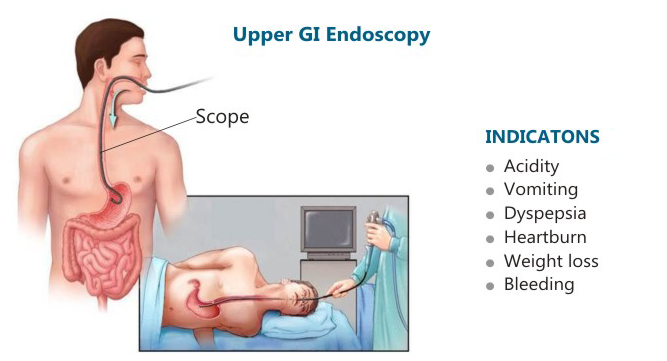
Endoscopy is a nonsurgical procedure used to examine a person’s digestive tract. Using an endoscope, a flexible tube with a light and camera attached to it, your doctor can view pictures of your digestive tract on a color TV monitor.During an upper endoscopy, an endoscope is easily passed through the mouth and throat and into the esophagus, allowing the doctor to view the esophagus, stomach, and upper part of the small intestine.
Plastic Surgery
Plastic surgery is a specialized branch of surgery. It reduces deformities and improves function and appearance. Noble hospitals, Pune has fully-fledged Plastic & Reconstructive Surgery Department; our surgeons are amongst the best in the country and offer the finest treatment available.
The Cosmetic Surgery department has a team of experienced technicians and surgeons, with the proverbial best in latest technology to come up with effective yet minimally invasive cosmetic reconstruction methods. Some of their more well-known and successful procedures include facelift, rhinoplasty, liposuction, eyelid surgery, breast reduction, breast augmentation, breast lift, tummy tuck, body lift, hair transplant, laser resurfacing, laser hair removal, reconstructive surgeries and hand surgery.
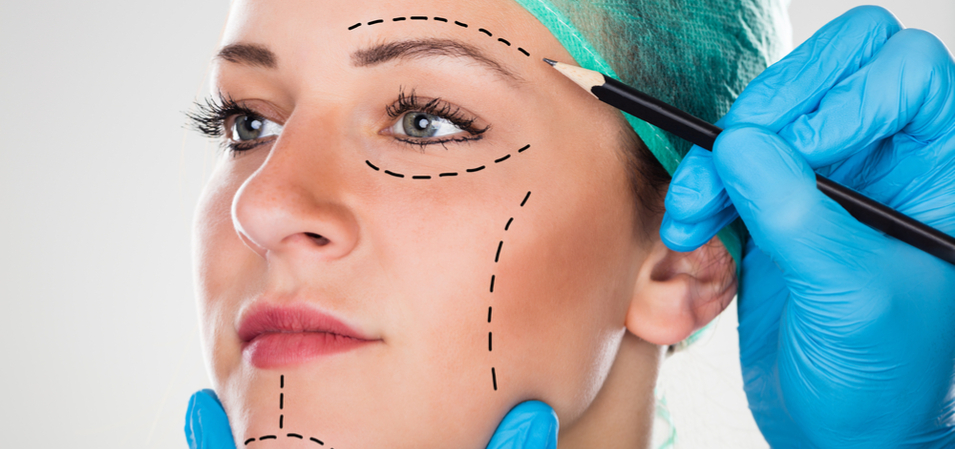
Piles
Piles (hemorrhoids) are enlarged blood vessels that you can get inside or around your anus. They’re usually small, round, discolored lumps. You might be able to feel them on your anus or hanging down from your anal canal. Your anal canal is the short, muscular tube with blood vessels that connects your rectum (back passage) with your anus.
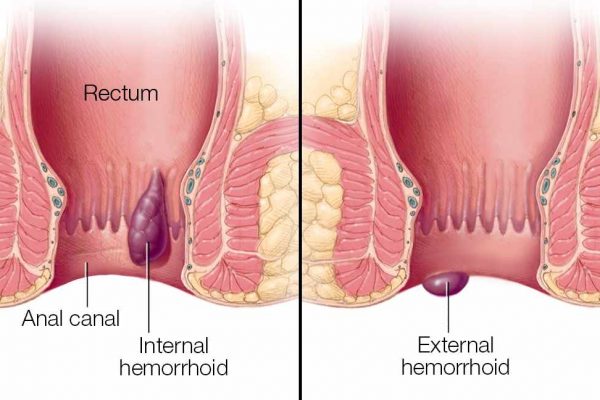
Anal Herpes
Herpes is a family of viruses that cause infections in humans.
Anal herpes is an infection caused by the herpes virus that erupts as sores or blisters around the anus, the opening through which bowel movements pass. Anal herpes are caused by the herpes simplex virus (HSV) — in particular, types of HSV called HSV1 and HSV2.
Syphilis, chancroid, and donovanosis are infections that can cause different types of lesions around the anus.
Fissure Surgery
Anal Fissures are tears in the skin around the anus. They are usually caused by severe constipation, with passage of hard stool along with straining tears the skin. They can be very painful, usually described as sharp burning or tearing pain while having a bowel movement. The pain is primarily due to spasms in the nearby sphincter muscle.
Most anal fissures will heal on their own with proper bowel management. Stool softeners, fiber supplements, high fiber diet, increasing water intake, and laxatives will keep you from straining and passing hard stools, which will allow the fissure to heal. Narcotic pain medications should be avoided because they worsen constipation. Topical pain medications can help greatly. The most commonly used is a nitroglycerine ointment. When applied to the anal area it reduces the spasm in the sphincter muscle, lessening the pain and making bowel movements easier to allow healing.
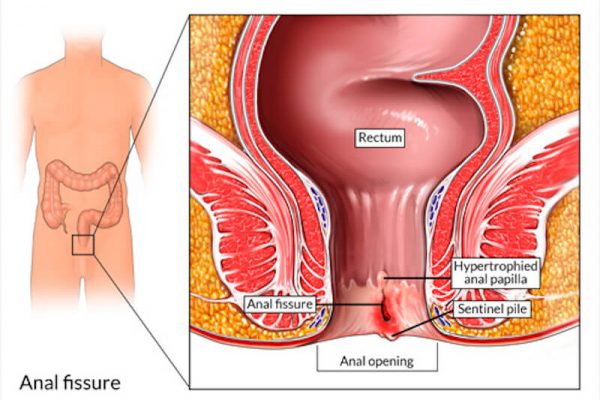
Hernia
Hernia is a common problem. It causes a localized bulge in the abdomen or groin.
It can often be harmless and pain-free, but at times it can bring discomfort and pain.
In this article, we investigate what a hernia is, the common causes of hernia, and how they are treated. A hernia occurs when an organ or fatty tissue squeezes through a weak spot in a surrounding muscle or connective tissue called fascia. The most common types of hernia are inguinal (inner groin), incisional (resulting from an incision), femoral (outer groin), umbilical (belly button), and hiatal (upper stomach).

Gallbladder surgery
What is the gallbladder?
Your gallbladder is a small organ in your upper abdomen. The abdomen is the area in the middle of your body that holds many organs, including the stomach and gallbladder.
Taking the gallbladder out is usually the best way to treat gallbladder problems. You might get some relief from changing your diet. For example, eating less fat can help. But gallstones rarely go away on their own.
You might have heard about treatments to break up gallstones or make them melt away (dissolve). Unfortunately, these do not usually work well.
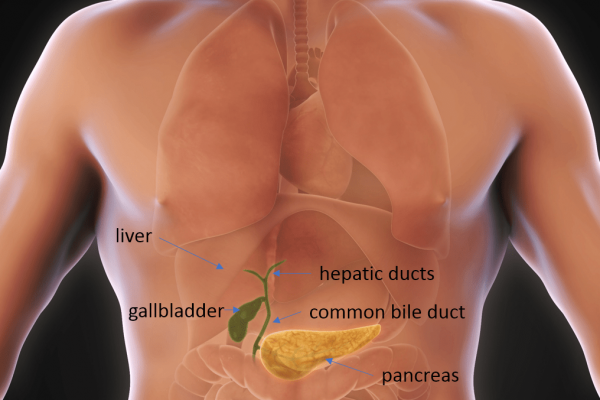
Advantages of laparoscopic Gallbladder Surgery:
- Smaller incision – Several small incisions, each less than one (1) inch long, instead of a 5- to 7-inch incision for open surgery.
- Less pain than after open surgery.
- Quicker recovery than open surgery – You might go home the same day you have your surgery. You can also go back to regular activities more quickly.
Uterine Surgery ( Fibroids Surgery )
Open Surgery – Myomectomy and Hysterectomy
Myomectomy and Hysterectomy: Surgical Treatments for Uterine Fibroids
Myomectomy is a surgery to remove fibroids without taking out the healthy tissue of the uterus. It is best for women who wish to have children after treatment for their fibroids or who wish to keep their uterus for other reasons. You can become pregnant after myomectomy. This procedure is considered standard of care for removing fibroids and preserving the uterus.
Breast Surgery
Thousands of women each year undergo some form of breast surgery.
These procedures can improve your self-image, address back and neck pain, or help you feel more comfortable following your breast cancer treatment.
5 Main Categories of Breast Surgery
- Breast augmentation, in which saline or gel implants increase breast size
- Breast correction to address breast asymmetry
- Breast reduction to decrease the overall size of the breasts when they are disproportionate to body structure
- Breast lifts to restore fullness to the breasts
- Breast reconstruction to reconstruct the breast after it has been removed or disfigured
Cancer Diagnosis
Cancer surgery removes the tumor and nearby tissue during an operation. A doctor who treats cancer with surgery is called a surgical oncologist. Surgery is the oldest type of cancer treatment. And it is still effective for many types of cancer today.
There are many reasons to have surgery:
- To diagnose cancer
- To remove all or some of a cancer
- To find out where the cancer is located
- To find out if the cancer has spread or is affecting the functions of other organs in the body
- To restore the body’s appearance or function
- To relieve side effects
Cancer Surgery
Cancer screening
Diagnosing cancer at its earliest stages often provides the best chance for a cure. With this in mind, talk with your doctor about what types of cancer screening may be appropriate for you.
Cancer diagnosis
Your doctor may use one or more approaches to diagnose cancer:
- Physical exam. Your doctor may feel areas of your body for lumps that may indicate a tumor.
- Laboratory tests. Laboratory tests, such as urine and blood tests, may help your doctor identify abnormalities that can be caused by cancer.
- Imaging tests. Imaging tests allow your doctor to examine your bones and internal organs in a noninvasive way.
- Biopsy. During a biopsy, your doctor collects a sample of cells for testing in the laboratory.
Vein Surgery
The damaged valves in the veins cannot be cured so the best way to cure the problem is to remove the affected veins. The aim of surgery is to take pressure off the skin veins in the leg, by tying and dividing (and often removing) the principal skin veins in the leg. The removal of varicose veins does not affect blood flow because other veins and especially the deep veins take over this job. The operation is particularly suitable for people with:
- Ulceration, or threat of ulceration resulting from their varicose veins.
- If the veins have caused bleeding through the skin. This is frightening, and may recur.
- Phlebitis (inflammation in the veins and overlying skin), large varicose veins and aching in the veins.
